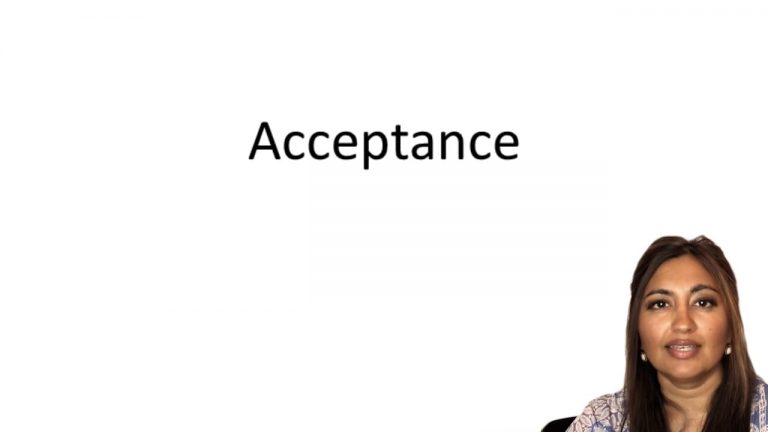SmartBrief
Confirm favorite deletion?
Contracts Keyed to Epstein
Wood v. Lucy, Lady Duff-Gordon
Citation:
222 N.Y. 88, 118 N.E. 214 (1917)
ProfessorMelissa A. Hale
CaseCast™ – "What you need to know"
Facts
The defendant styles herself “a creator of fashions.” Her favor helps a sale. Manufacturers of dresses and like articles are glad to pay for a certificate of her approval. She employed the plaintiff to help her to turn this vogue into money. He was to have the exclusive right to place her indorsements on the designs of others. He was also to have the exclusive right to place her own designs on sale, or to license others to market them. In return, she was to have one-half of “all profits and revenues” derived from any contracts he might make. When the plaintiff placed her indorsement on fabrics, dresses, and millinery without his knowledge, and withheld the profits, he sued her for damages. The agreement of employment is signed by both parties. It has a wealth of recitals. The defendant insists, however, that it lacks the elements of a contract. She says that the plaintiff does not bind himself to anything.
Only StudyBuddy Pro offers the complete Case Brief Anatomy*
Access the most important case brief elements for optimal case understanding.
*Case Brief Anatomy includes: Brief Prologue, Complete Case Brief, Brief Epilogue
- The Brief Prologue provides necessary case brief introductory information and includes:
Topic:
Identifies the topic of law and where this case fits within your course outline.Parties:
Identifies the cast of characters involved in the case.Procedural Posture & History:
Shares the case history with how lower courts have ruled on the matter.Case Key Terms, Acts, Doctrines, etc.:
A case specific Legal Term Dictionary.Case Doctrines, Acts, Statutes, Amendments and Treatises:
Identifies and Defines Legal Authority used in this case.
- The Case Brief is the complete case summarized and authored in the traditional Law School I.R.A.C. format. The Pro case brief includes:
Brief Facts:
A Synopsis of the Facts of the case.Rule of Law:
Identifies the Legal Principle the Court used in deciding the case.Facts:
What are the factual circumstances that gave rise to the civil or criminal case? What is the relationship of the Parties that are involved in the case.Issue(s):
Lists the Questions of Law that are raised by the Facts of the case.Holding:
Shares the Court's answer to the legal questions raised in the issue.Concurring / Dissenting Opinions:
Includes valuable concurring or dissenting opinions and their key points.Reasoning and Analysis:
Identifies the chain of argument(s) which led the judges to rule as they did.
- The Brief Prologue closes the case brief with important forward-looking discussion and includes:
Policy:
Identifies the Policy if any that has been established by the case.Court Direction:
Shares where the Court went from here for this case.
Topic Resources
Topic Outline
Topic Refresher Course
Topic Charts & Notes

 19m 28s
19m 28s